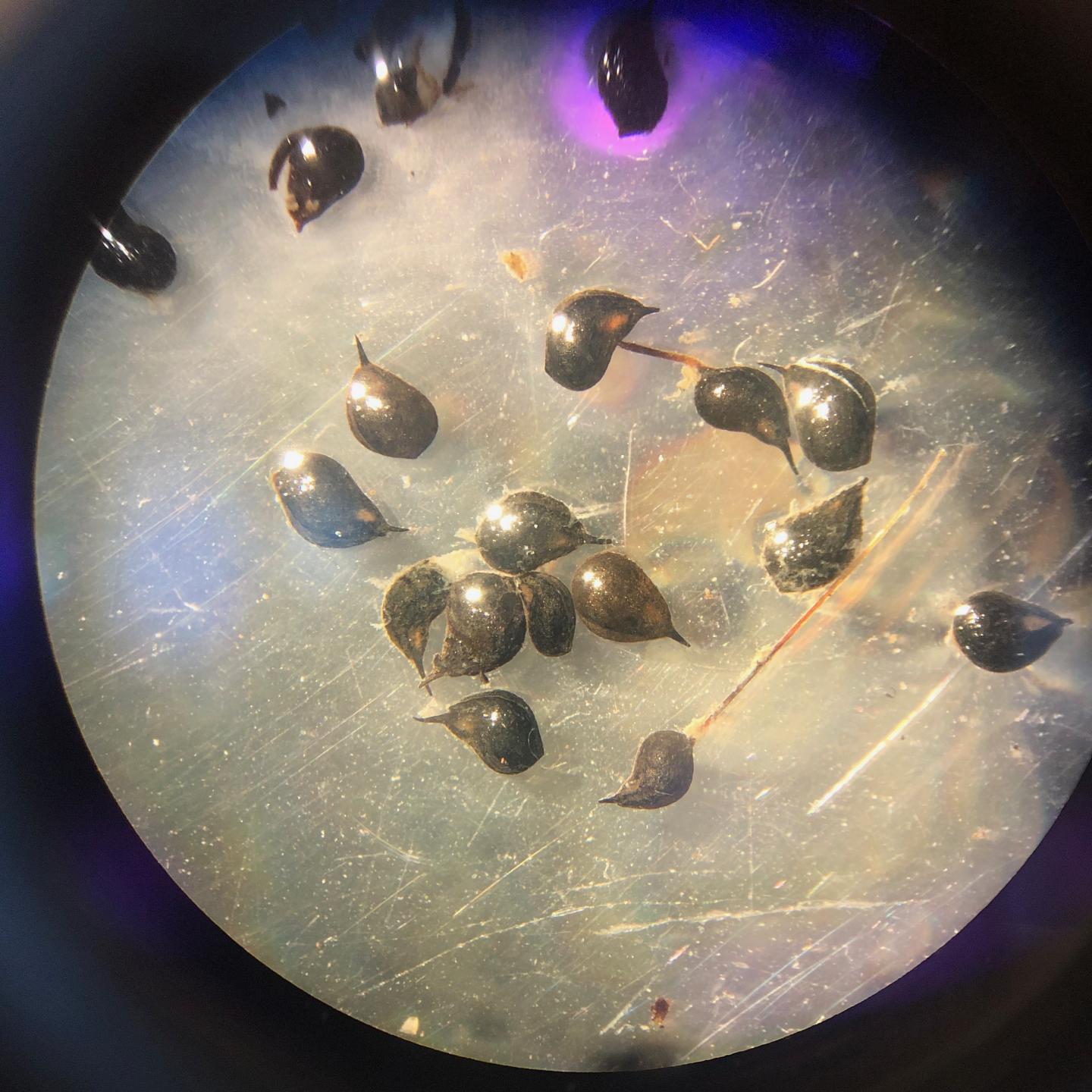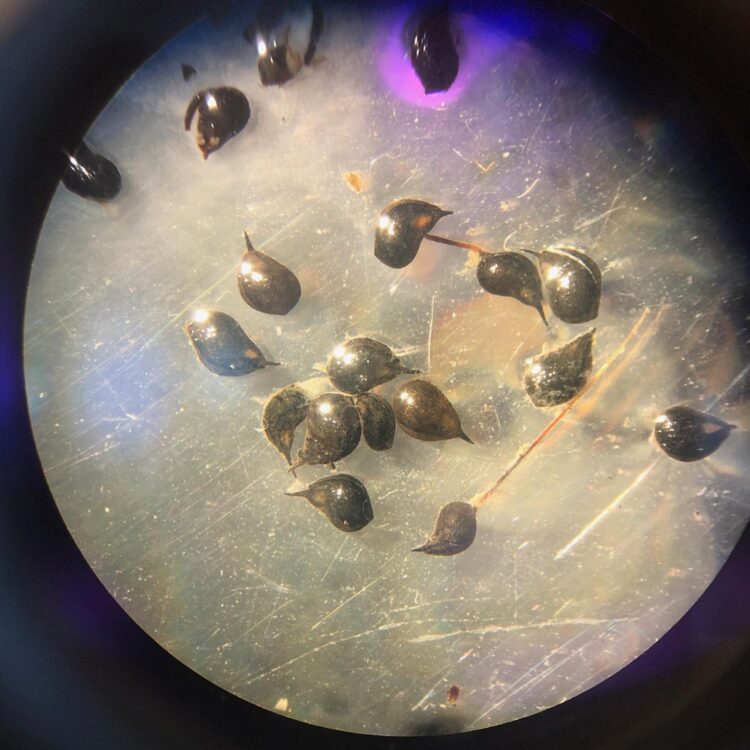Findings from long-term, landscape-level analyses can help enhance conservation

Credit: © C. Patrick/VIMS.
New research shows that biodiversity is important not just at the traditional scale of short-term plot experiments–in which ecologists monitor the health of a single meadow, forest grove, or pond after manipulating its species counts–but when measured over decades and across regional landscapes as well. The findings can help guide conservation planning and enhance efforts to make human communities more sustainable.
Published in a recent issue of Frontiers in Ecology and the Environment, the multi-institutional study was led by Dr. Christopher Patrick of William & Mary’s Virginia Institute of Marine Science, along with Kevin McCluney of Bowling Green State University, Albert Ruhi of University of California-Berkeley, Andrew Gregory of the University of North Texas, John Sabo of Arizona State University, and James Thorp of the University of Kansas.
“Having low biodiversity is like putting all your eggs in one basket and puts us at greater risk of something catastrophic happening,” says Patrick. “We’ve known this for a long time, but never before have we shown this to be true for entire regions and landscapes.” The team reached their findings by compiling, analyzing, and modeling data collected over decades and across both aquatic and terrestrial ecosystems. The analysis focused on abundance and diversity trends within 50 families of terrestrial beetles from the Sonoran Desert, 25 species of submerged aquatic vegetation or SAV within the Chesapeake Bay, and 56 species of fish from small streams in Maryland.
The threats posed by low biodiversity are exemplified by a recent drop in coverage of SAV within the Chesapeake, as recorded by VIMS’ long-term monitoring program. “For the past few years, our gains in seagrass coverage were mostly due to the expansion of one species, widgeon grass,” says Patrick. “That made us vulnerable. When widgeon grass had a bad year in 2019, we saw the single biggest drop in Chesapeake Bay SAV in the history of the VIMS monitoring program.” Program scientists began recording SAV acreage in the bay in 1978.
Patrick says “The lesson here is that promoting biodiversity will increase ecosystem resilience.” This is particularly important given increased variability in temperature and precipitation, population sizes, and ecosystem functions–often the result of human influence–which can increase the risk for local extinctions, promote outbreaks of pests or disease vectors, and curtail yields from human fisheries and agriculture.
Patrick notes that he and others at VIMS are already starting to put the findings from the recent study into practice. Researchers from Patrick’s lab are collaborating with colleagues at the Chesapeake Bay National Estuarine Research Reserve on a multi-species restoration of SAV in Broad Bay near the Chesapeake Bay mouth in Virginia Beach. “In the past we’ve only planted one species, eelgrass,” he says, “so trying to plant both eelgrass and widgeon grass together is a big change and one that will hopefully enhance the long-term success of the restoration of SAV to Broad Bay.”
The team anticipates their findings will benefit conservation efforts within other ecosystems as well. “Understanding the interplay between regional and local controls of ecosystem variability may aid in the design of more effective conservation actions, management practices, and monitoring networks worldwide,” says Patrick.
“Our results,” he adds, “bolster the argument for conserving biodiversity by showing that it is needed at both local and regional scales to maintain stable delivery of ecosystem services across entire landscapes. We should not only avoid putting all our eggs in one basket, but ensure that we have lots of different kinds of eggs in lots of different kinds of baskets.”
###
Media Contact
David Malmquist
[email protected]
Original Source
https:/
Related Journal Article
http://dx.





